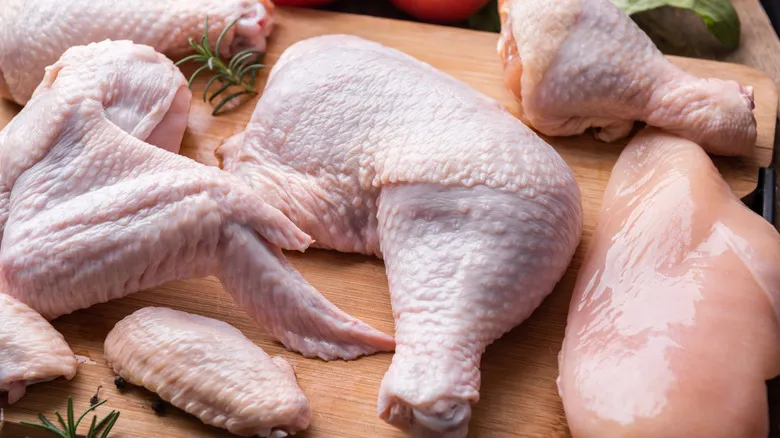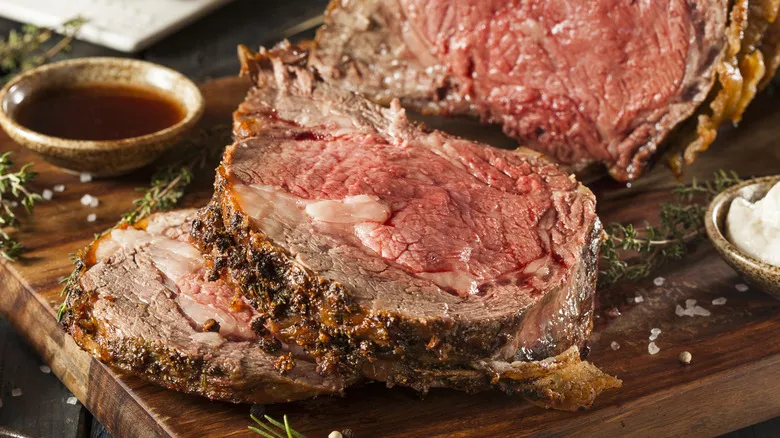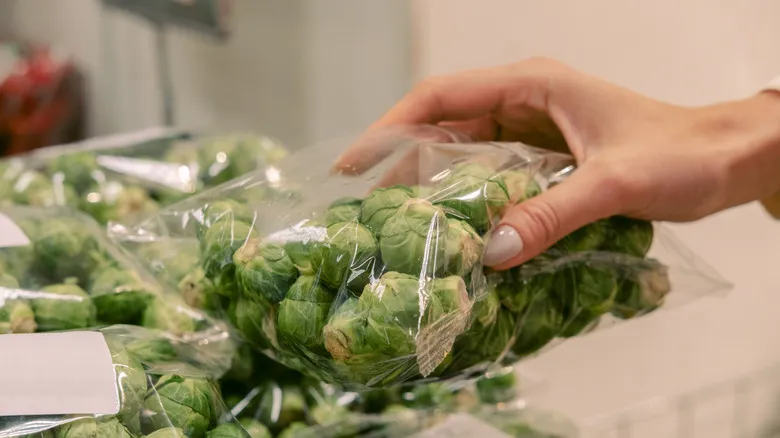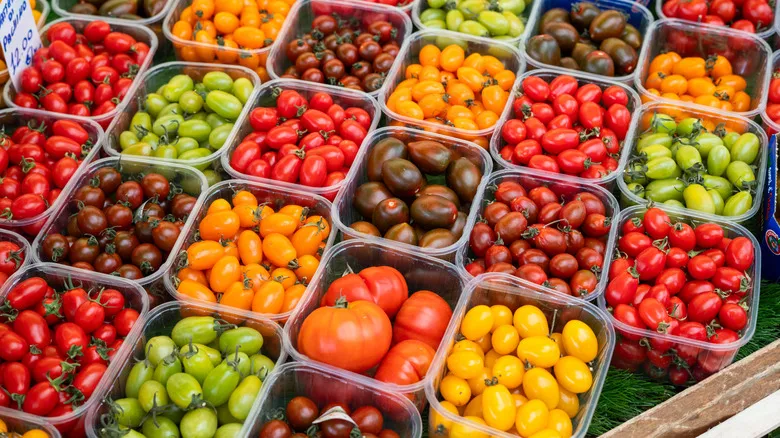Stay safe, skip the markup, slice it yourself

If saving money isn't enough of a reason to steer clear of pre-cut meats, consider this: it lowers your risk of exposure to E. coli, salmonella, and other harmful contaminants. The more individuals that handle your food, the higher the chance of bacterial contamination. Each time food is touched by hands, sinks, or counters, it comes into contact with the germs present on those surfaces. This is also true for pre-cut produce, which carries a risk of contamination. Additionally, there are many anecdotal accounts suggesting that butchers' efforts to sanitize their workspaces can sometimes lead to unintended negative effects. For example, some customers have observed butchers spraying cleaning solutions inside their display cases, inadvertently misting the meat inside.
In summary, purchasing whole meats and preparing them at home is both healthier and more economical. This approach also means you get more value for your money. Take, for instance, the purchase and preparation of a whole chicken. In August 2024, the USDA reported that a whole, bagged fryer chicken was priced at $1.56 per pound. In contrast, during the same timeframe, a standard pack of chicken breasts was $2.91 per pound, breast tenders were $4.10 per pound, and a package of whole wings was $3.35 per pound. While butchering a chicken requires more time and effort, there are plenty of online resources to simplify the process. Plus, with a whole bird, which typically weighs several pounds, you not only get all the various parts—breasts, wings, and more—for less money, but you also have the carcass available to make stock, providing even greater value for your investment.
Recommended

How To Choose A Cut Of Prime Rib At The Grocery Store

How To Choose The Best Brussels Sprouts At The Grocery Store, Every Time

The Only Tomatoes You Should Buy During The Winter

4 Nostalgic Treats That Have Been Totally Reinvented
Next up

